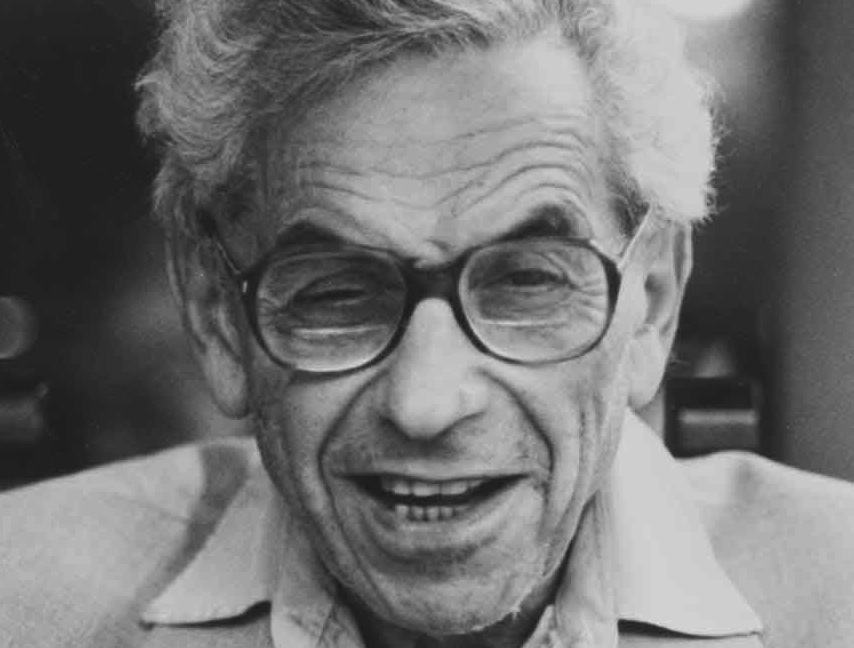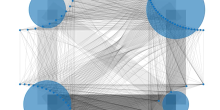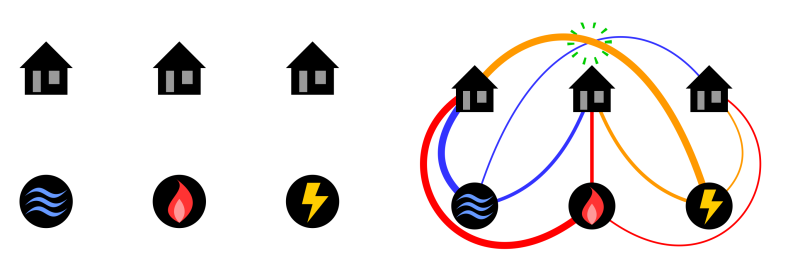In mathematics it is almost impossible not to encounter the name of Paul Erdős.
In Wikipedia you read about him:
 Paul Erdős was a renowned Hungarian mathematician. He was one of the most prolific mathematicians and producers of mathematical conjectures of the 20th century. He was known both for his social practice of mathematics (he engaged more than 500 collaborators) and for his eccentric lifestyle (Time magazine called him The Oddball's Oddball). He devoted his waking hours to mathematics, even into his later years—indeed, his death came only hours after he solved a geometry problem at a conference in Warsaw.
Paul Erdős was a renowned Hungarian mathematician. He was one of the most prolific mathematicians and producers of mathematical conjectures of the 20th century. He was known both for his social practice of mathematics (he engaged more than 500 collaborators) and for his eccentric lifestyle (Time magazine called him The Oddball's Oddball). He devoted his waking hours to mathematics, even into his later years—indeed, his death came only hours after he solved a geometry problem at a conference in Warsaw.
Erdős pursued and proposed problems in discrete mathematics, graph theory, number theory, mathematical analysis, approximation theory, set theory, and probability theory. Much of his work centered around discrete mathematics, cracking many previously unsolved problems in the field. Overall, his work leaned towards solving previously open problems, rather than developing or exploring new areas of mathematics. 
Paul Erdős has not been among us for more than twenty years. Vilmos Komornik, who had written various papers with Erdős, was asked by several friends to recall some of his memories: maybe they can shed light on his personality from a new perspective. This article was published in Nieuw Archief voor Wiskunde and is available online here.
A funny story from the article is the following,
 In the afternoon he found Set Theory by Hajnal and Hamburger on my bookshelf and read it carefully. Suddenly he exclaimed, “Yeah, there’s a mistake!” I was incredulous: remembering András Hajnal’s precise and elegant university lectures, I couldn’t imagine that there might be a mistake in the book. But he persisted: “They write that Gödel proved in 1939 that the continuum hypothesis is consistent with the usual set theory axioms. But it was in 1938, not in 1939. I remember because I was sitting in a café with him in Vienna when he told me and it was in 1938.
In the afternoon he found Set Theory by Hajnal and Hamburger on my bookshelf and read it carefully. Suddenly he exclaimed, “Yeah, there’s a mistake!” I was incredulous: remembering András Hajnal’s precise and elegant university lectures, I couldn’t imagine that there might be a mistake in the book. But he persisted: “They write that Gödel proved in 1939 that the continuum hypothesis is consistent with the usual set theory axioms. But it was in 1938, not in 1939. I remember because I was sitting in a café with him in Vienna when he told me and it was in 1938.
Have a look in the article for more stories!






